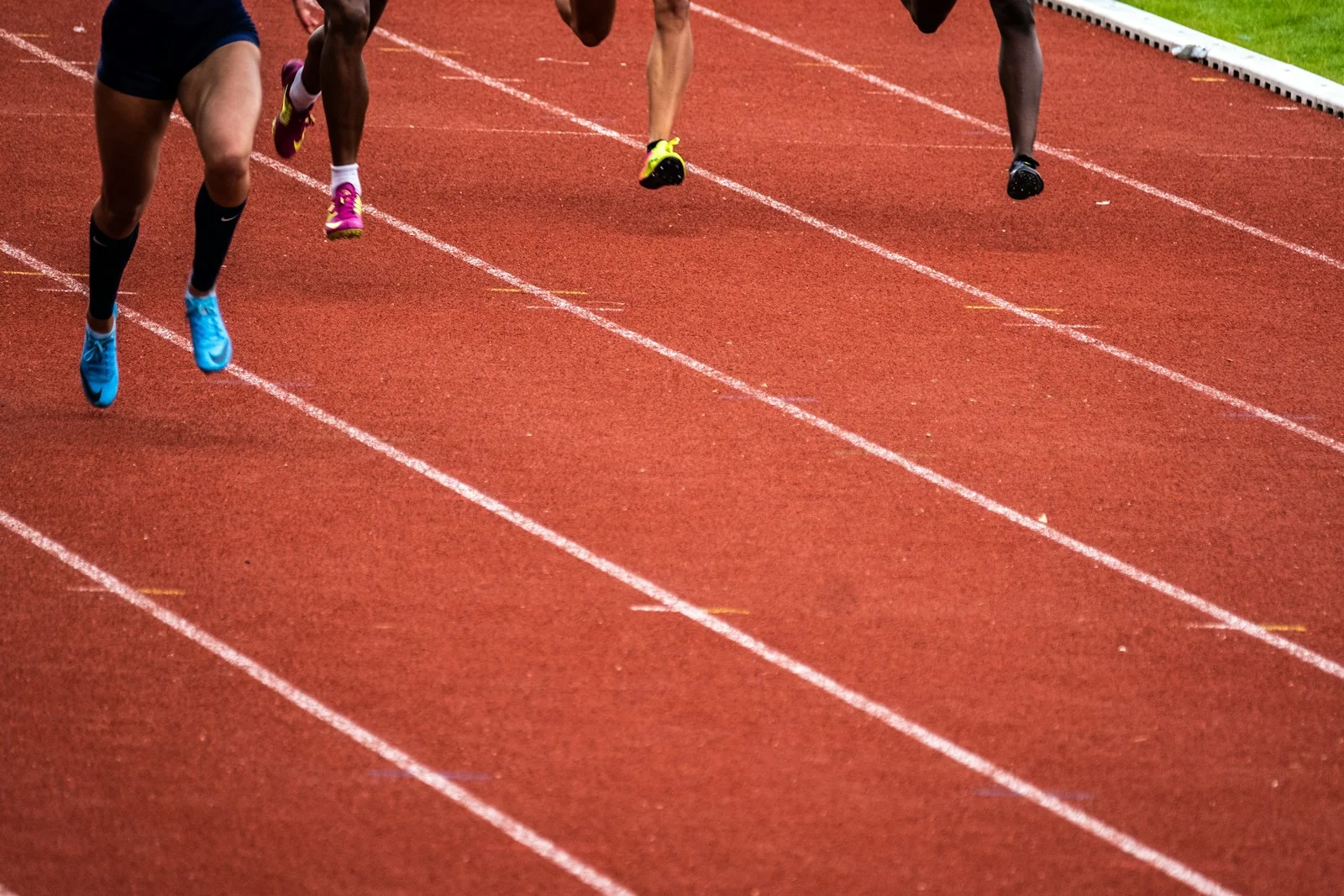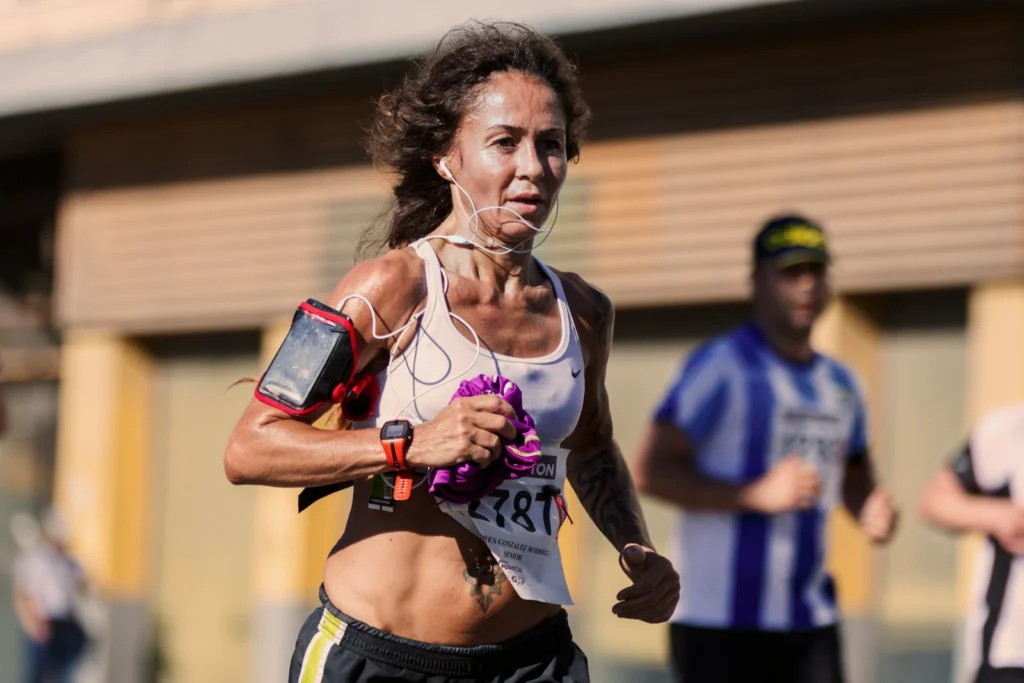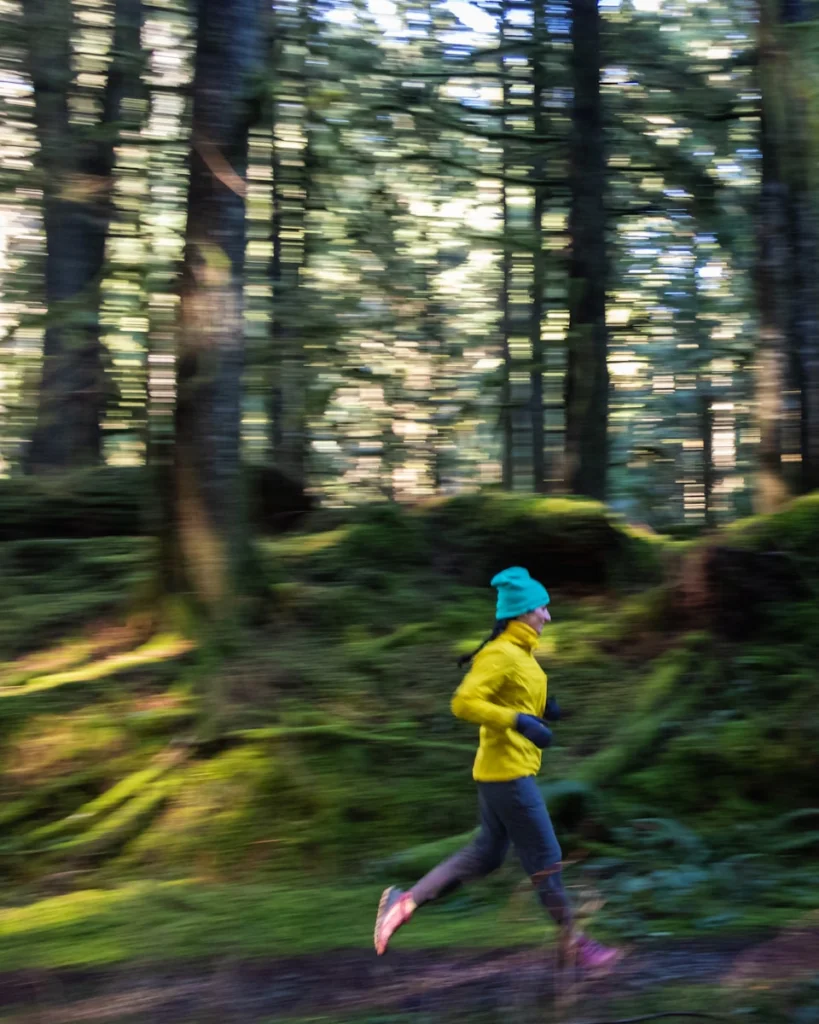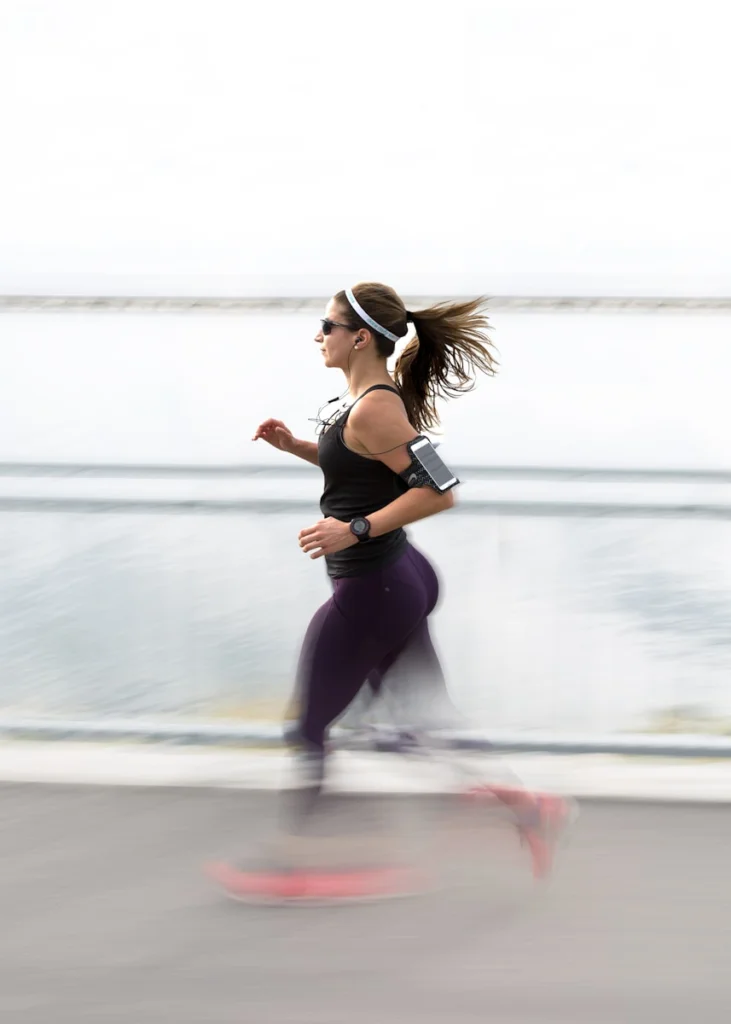
The path begins with a single step—and the courage to believe you’re already a runner.
There’s something profound about the moment you decide to run. Not the first actual run, but the internal shift that precedes it. The quiet declaration that your body, regardless of its history or the years it carries, is capable of motion, transformation, liberation.
We’ve been conditioned to believe that runners are made in youth—that if you didn’t lace up shoes in high school, the window has closed. But here’s the truth that coaches whisper and science confirms: your body doesn’t consult a calendar before adapting to new movement. It simply responds. Rebuilds. Remembers its fundamental nature as a vessel designed for forward motion.
Dismantling the Runner’s Identity Myth

The greatest barrier isn’t physical—it’s the story we tell ourselves about who qualifies as a “real runner.”
You’re not too old. You’re not too heavy. You’re not too slow. These narratives are inherited limitations, not biological truths. Every runner you admire was once exactly where you are now: standing at the threshold, uncertain but willing.
The definition of a runner is devastatingly simple: someone who runs.
Not someone who runs fast. Not someone who runs far. Not someone with a particular body type or decade of birth. Just someone who moves forward, one foot in front of the other, with intention.
Your Body’s Remarkable Capacity for Adaptation

Here’s what happens when you begin:
Your cardiovascular system awakens, creating new capillaries like tiny rivers branching through muscle tissue. Your mitochondria—those cellular powerhouses—multiply, giving you more energy-producing capacity. Your bones respond to impact by becoming denser, more resilient. Your mind learns to negotiate discomfort, discovering reserves of determination you’d forgotten existed.
This transformation doesn’t require youth. It requires consistency. Patience. The willingness to start where you are rather than where you wish you were.
The First Eight-Week Journey
This isn’t about speed or distance. This is about building a sustainable relationship with movement—one that honors your body’s current reality while inviting its evolution.
Weeks 1-2: The Foundation
Alternate walking and running in gentle intervals. One minute of easy running, two minutes of walking. Repeat for 20-25 minutes, three times per week.
Notice everything. The rhythm of your breath. The sensation of your feet meeting earth. The way your mind resists, then settles. This is data collection, not performance.
Rest days aren’t laziness—they’re where the magic happens. Your body rebuilds during recovery.
Weeks 3-4: Building Tolerance
Increase running intervals to two minutes, with 90 seconds of walking recovery. Same duration, same frequency. Your cardiovascular system is adapting, learning to deliver oxygen more efficiently.
You might feel frustrated by the walking intervals. This frustration is ego, not wisdom. The walking is strategic, protective, essential. It’s preventing injury while building endurance from the foundation up.
Weeks 5-6: Expanding Capacity
Three minutes running, one minute walking. You’re spending more time in motion now, and your body is responding. You might notice you recover faster. That stairs feel easier. That your baseline energy has shifted.
Pay attention to these subtle victories. They’re more significant than any finish line.
Weeks 7-8: Sustained Effort
Five minutes running, one minute walking. By now, the act of running has become familiar. Not easy—familiar. Your body recognizes this as something it does now, not something foreign or threatening.
The Wisdom of Starting Slow
Every injury, every burnout, every abandoned running practice shares a common origin: too much, too soon. Enthusiasm is beautiful, but it’s not a training plan.
Your connective tissue—tendons, ligaments, fascia—adapts more slowly than your cardiovascular system. You might feel capable of running farther before your joints are structurally ready. This patience gap is where wisdom lives.
Start so slowly it feels almost comical. Run so easy you could hold a conversation. This isn’t lack of effort—it’s strategic preparation for longevity.
What You’ll Need (And What You Won’t)

Essential:
- Running shoes fitted by someone knowledgeable about biomechanics
- Comfortable, weather-appropriate clothing
- Commitment to consistency over intensity
- Compassion for the learning curve
Unnecessary:
- Perfect weather
- A running partner
- Athletic history
- Youth
- A particular body composition
- Permission from anyone else
The minimalism of running is part of its gift. You need so little beyond willingness.
Listening to the Body’s Language
Pain and discomfort speak different dialects. Learning to distinguish between them is crucial.
Discomfort is the sensation of adaptation—burning lungs, tired legs, the mental resistance to continuing. This is temporary, fluctuating, part of the process.
Pain is your body’s alarm system—sharp, localized, worsening with continued activity. This requires attention, rest, potentially professional assessment.
Your body is wiser than any training plan. When it speaks clearly, listen.
The Mental Landscape of Beginning
The first weeks are an emotional terrain as much as a physical one. You’ll negotiate doubt, impatience, the vulnerable sensation of being a beginner.
Some runs will feel unexpectedly good—light, easy, almost joyful. Others will feel impossible from the first step. This variability is normal. Expected. Part of the non-linear nature of adaptation.
The practice isn’t about perfect runs. It’s about showing up for imperfect ones. About building trust with yourself through kept commitments.
Beyond the First Eight Weeks
This initial plan isn’t a destination—it’s an introduction. After these weeks, you’ll have built sufficient aerobic base and structural resilience to explore what running means for you.
Maybe you’ll pursue longer distances. Maybe you’ll focus on running’s meditative qualities. Maybe you’ll join a community. Maybe you’ll prefer solitude. There’s no correct path forward, only authentic ones.
The Invitation
You don’t need to become someone else to be a runner. You need to become more fully yourself—embodied, present, willing to meet your edge with curiosity rather than judgment.
Your first run might feel awkward. Difficult. Humbling. This is perfect. This is exactly right. You’re beginning, and beginning is always messy, uncertain, and profoundly courageous.
The path is waiting. It doesn’t care about your age, your history, or your hesitation.
It only asks: are you willing to take the first step?



Leave a Reply